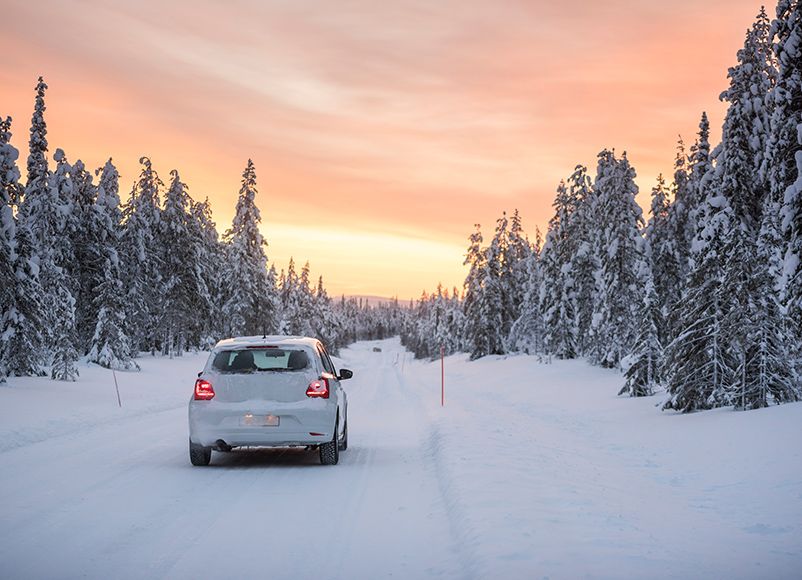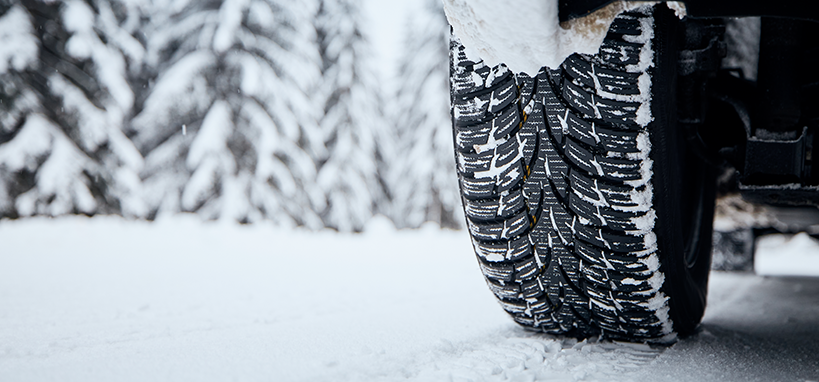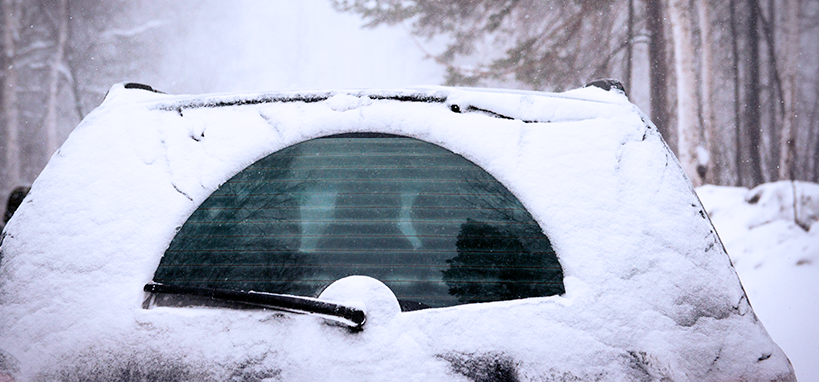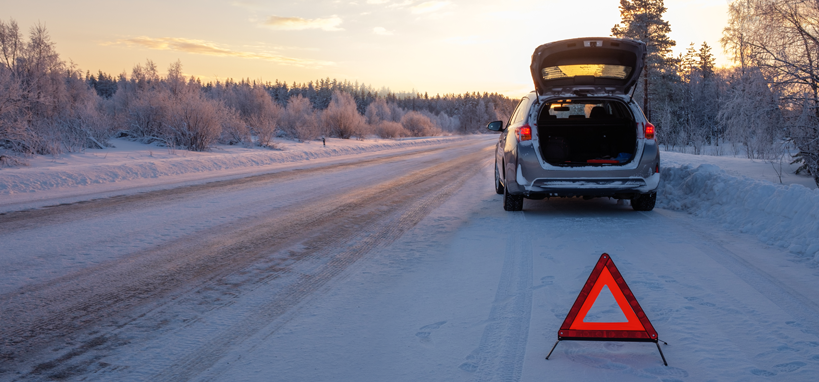Top 10 Winter Driving & Car Maintenance Tips

Winter can bring driving challenges. Roads are wet and slippery more often, visibility is narrowed and driving in the snow could mean you hit an icy patch.
A survey by the renowned tyre manufacturer, Goodyear, reveals that 41% of UK drivers have concerns about icy conditions throughout the winter months.
So in this article, you’ll find loads of useful driving tips and expert advice about how to maintain your car throughout the cold winter months. Some of the questions we will be tackling are driving in the snow, how much stopping distance increases in icy conditions, and how to avoid wheelspin on icy roads.
Safety Tips for Driving in the Snow
If you are concerned about driving in snow during the winter months, invest in a 4x wheel or front wheel drive car. Front-wheel drives give your vehicle more grip on the road because they are weighed down by the engine.
Rear-wheel vehicles, unless you’re carrying a heavy load in the boot, have a tendency to slip more easily in the snow because there is not enough weight in the chassis to help rear tyres maintain their grip. You may want to consider putting some heavy stones or heavy steel rods to weigh the rear wheels down.
Regardless of the car you drive, always drive slowly and in high gear.
How Much Can Stopping Distance Increase in Icy Conditions
Stopping distances on ice can take as much as ten times longer than on dry roads. The distance you should keep from the car in front of you should, therefore, be at least 10 car lengths. Which can be difficult to measure if you’re also driving in fog.
To control your stops and reduce the risk of skidding when driving in the snow, press the brake down gently and come to a slow, gradual stop. Try not to apply too much pressure and avoid the impulse to push down too hard.

How To Avoid Wheelspin On Icy Roads?
Experts recommend pulling away in second gear to avoid wheelspin on icy roads because it offers more grip. Apply gentle pressure to the accelerator pedal and smoothly lift the clutch. Move into third gear as soon as possible. The engine should labour a little but will soon find its rhythm then you can move to fourth gear.
Ditch Cruise Control
Cruise control is not recommended on icy roads or wet, slippery surfaces. When a car is in cruise control, the weight applied to the wheels is lighter and will not provide you with a good grip.
Change to Winter Tyres
Switching to winter tyres can help to keep your car more stable and safer on the roads. When the colder months kick in, the tire pressure drops and they lose their grip and traction. This makes your driving sloppier and your stopping distance will be longer.
When you install your winter tyres make sure the inflation pressure meets the manufacturer's recommendations. You should find this information in the owner’s manual rather than on the tyre itself. The number of the tyre informs you how much pressure the tyre can hold in total, but you don’t want to pump the tyre to maximum pressure.
If you’re using all-season tyres or re-using winter tyres from previous years, check the tread is at least 2/32 of an inch.
Test Your Battery
Battery power drops as temperatures drop which means that traditional petrol and diesel cars require more battery power to start up. If you have an electric car, the driving distance can be significantly lower so if you do have to drive, make sure your battery is restocked overnight.

Ensure Your Wipers Work
Windscreen wipers are essential during the winter months. Come rain, sleet or snow, you will need your wipers to be in good working order. Test the wiper blades are in good working condition and replace them if you do not feel they are removing water efficiently.
To protect the blades from frosting over, you could cover them. Some people use a towel or a pair of old football socks but you could make a small investment in a windscreen wiper snow cover kit.
Some people also recommend pulling your wiper blades away from the window overnight. Whilst this strategy is contested, it does prevent the blades from sticking to the windshield.
Don’t Let Your Fuel Tank Run Down
Drops in temperature can cause condensation in the fuel tank which can lead to rusting. Corrosion can damage your fuel tank and cause it to leak, or fragments of rust can fall in and clog up the fuel system.
Experts warn drivers to avoid allowing the fuel tank to run too low. Most will say the tank should be kept as full as possible but certainly no lower than half.
Add Engine Coolant To Your Cooling System
The coolant plays a key function in how well your car runs. When the engine is exposed to extreme temperatures, the water coolant either heats it or cools it.
During the winter months, you need your coolant system to be in good working order. If it isn’t, you run the risk of damaging your engine. To make sure your cooling system remains functional, add engine coolant. It contains antioxidants and additives that safeguard your fuel tank from rusting and scale formation.
You should also check your cooling periodically to make sure there are no leaks and intermittently change the coolant. If you’re not sure how to confirm if your following system is in good working order, visit a mechanic to test your hoses and check whether the parts need replacing.
10 Carry The Right Equipment
Because the weather is unpredictable in the winter, it’s wise to load your car up with relevant equipment in case you get stuck in a snowstorm or if your car breaks down on a quiet road with few passersby.
The RAC recommends drivers carry the following items:
Snow shovel, broom, ice scraper and de-icer;
Torch and spare batteries
Warm clothes and blanket
High-visibility jacket and reflective warning signs
Boots with a good grip
First Aid kit
Jump start cables
Empty fuel can
Food and drink
Sunglasses
In-car phone charger and portable charger
Locking wheel nut key

Roadside Assistance Insurance
One more thing you shouldn’t be without if you have to drive a lot in winter is roadside assistance insurance. Breakdown covers your expenses for when your vehicle breaks down and covers electrical or mechanical failure, lack of fuel, misfuel, flat battery, accident, or puncture to the vehicle, which immediately renders the vehicle immobilised.
For more details, contact the friendly sales team at Bettersafe.

